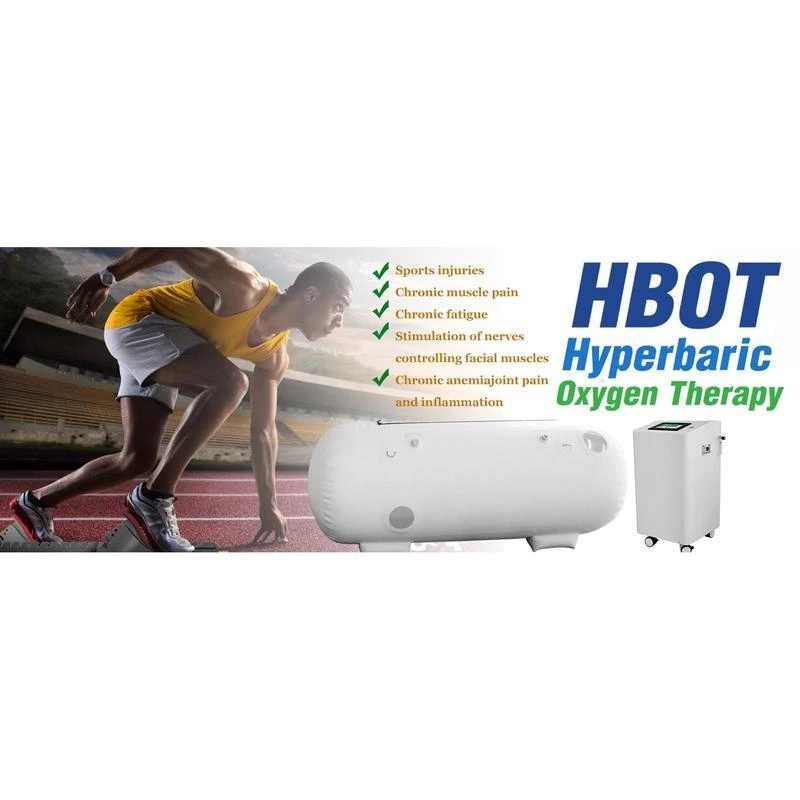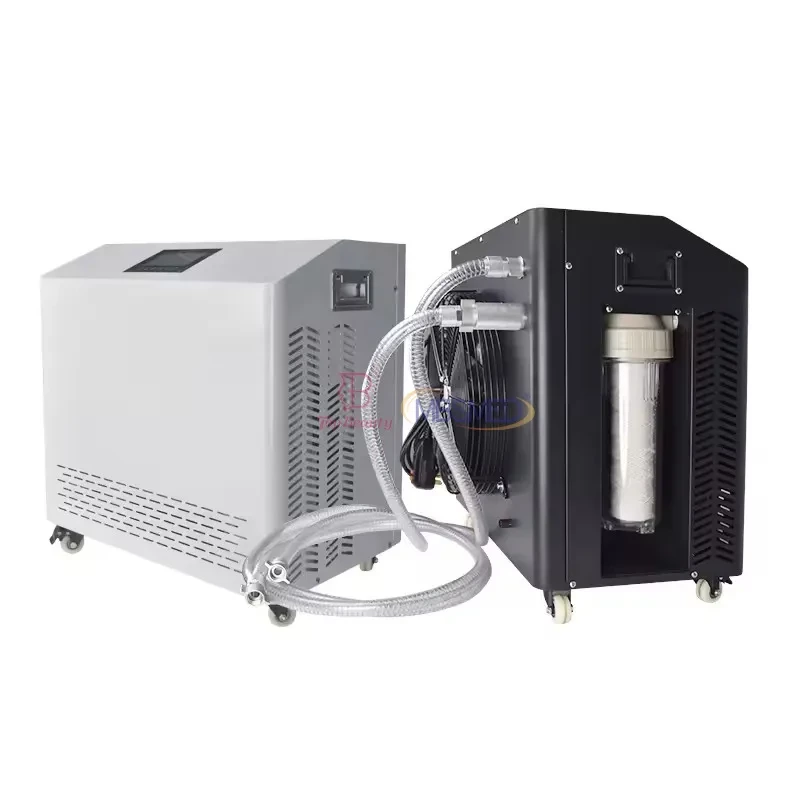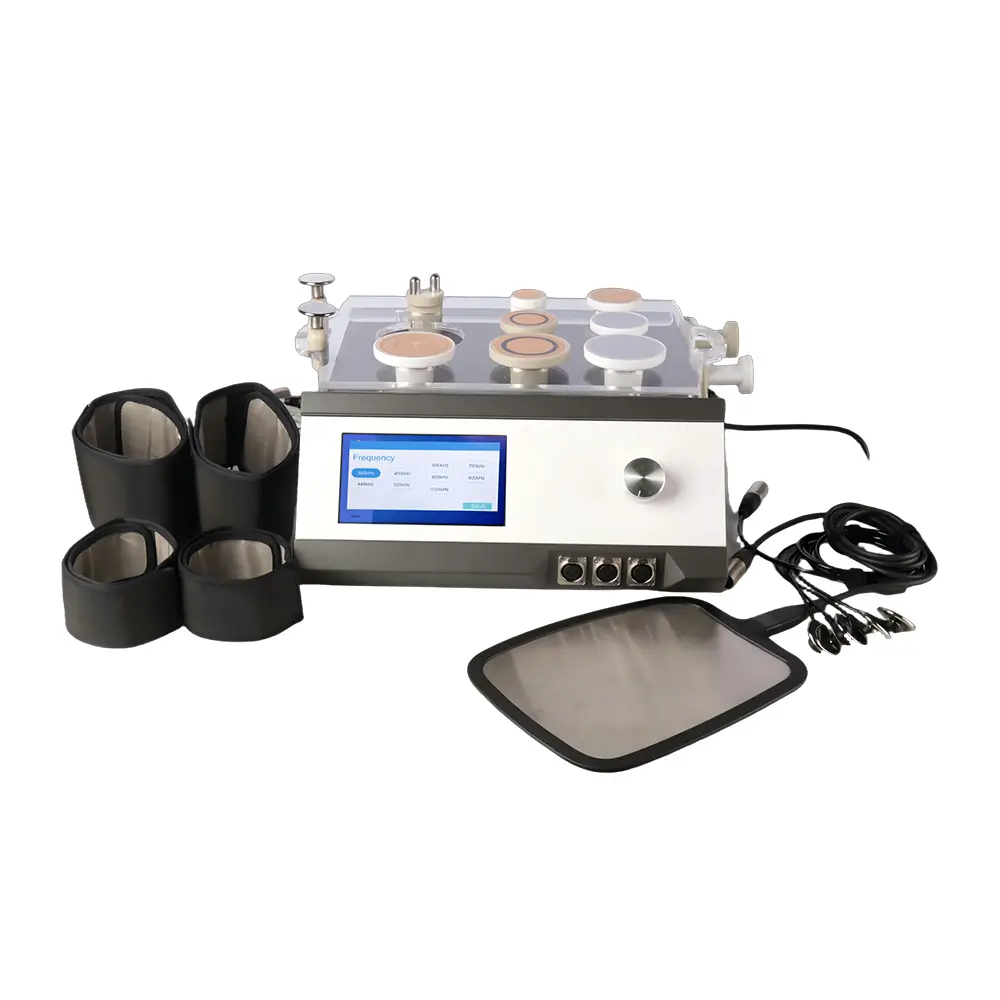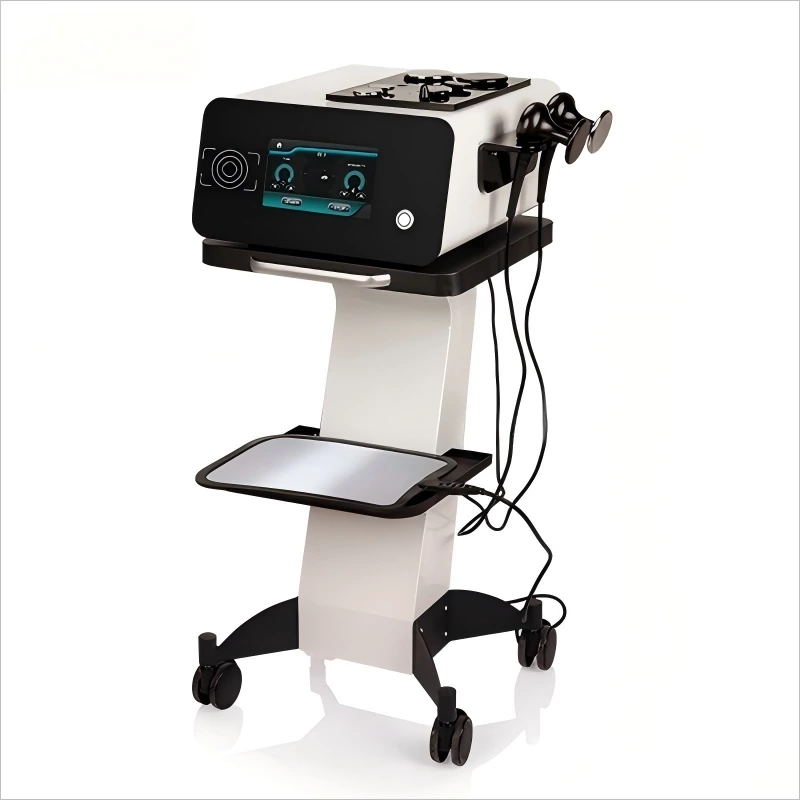Tattoo Removal Machines How Laser Technology Eliminates Unwanted Ink
Tattoo Removal Machines: How Laser Technology Eliminates Unwanted Ink Tattoos have been a form of self-expression for centuries, but the desire to remove them has become increasingly common. With adva
Tattoo Removal Machines: How Laser Technology Eliminates Unwanted Ink
Tattoos have been a form of self-expression for centuries, but the desire to remove them has become increasingly common. With advancements in technology, tattoo removal has become a safe and effective process. Laser technology is at the forefront of this development, providing a reliable method for eliminating unwanted ink. The significance of tattoo removal lies not only in its aesthetic appeal but also in its psychological impact, as individuals seek to erase past regrets or unwanted symbols. This article delves into the world of tattoo removal machines, exploring how laser technology works and its benefits.
Understanding Laser Tattoo Removal Technology
Laser tattoo removal is a non-invasive procedure that utilizes high-intensity light beams to break down tattoo ink. The process involves several key components:
- Laser Devices: Modern tattoo removal machines are equipped with advanced lasers that emit specific wavelengths of light tailored to target different ink colors. For instance, the Q-switched laser is widely used due to its ability to effectively target a broad spectrum of ink colors.
- Ink Fragmentation: When the laser beam hits the tattoo, it shatters the ink particles into smaller fragments. This process is crucial as it allows the body's immune system to absorb and eliminate the ink.
- Skin Interaction: The laser's interaction with the skin is carefully controlled to minimize damage and promote healing. Advanced machines often come with cooling systems to reduce discomfort and prevent burns.
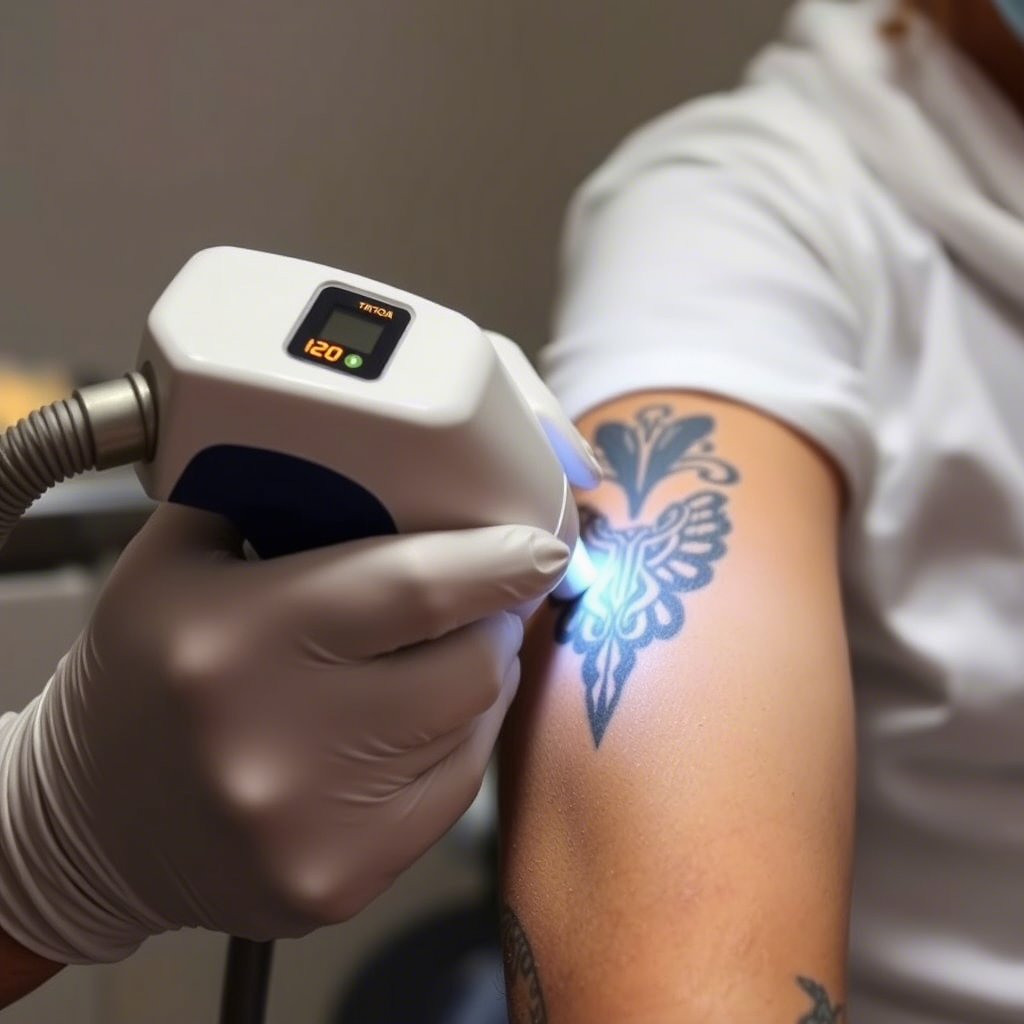
The Science Behind Laser Tattoo Removal
The effectiveness of laser tattoo removal lies in its ability to target specific ink colors and depths. Key aspects include:
- Wavelength Selection: Different lasers emit different wavelengths, each tailored to target specific ink colors. For example, a 532nm wavelength is effective for removing red and orange ink, while a 1064nm wavelength targets black and blue ink.
- Pulse Duration: The duration of the laser pulse is critical. Short pulses are more effective for removing tattoos as they provide a high peak power that shatters the ink without causing excessive heat damage to the surrounding skin.
- Energy Fluence: The energy output of the laser, measured in joules per square centimeter, must be carefully adjusted based on the tattoo's characteristics and the individual's skin type.
Benefits and Considerations of Laser Tattoo Removal
While laser tattoo removal is highly effective, it's not without its considerations. Some of the benefits and factors to consider include:
- Effectiveness Across Different Ink Colors: Laser technology has advanced to the point where it can effectively remove a wide range of ink colors. However, some colors, like green and yellow, can be more challenging to remove than others.
- Skin Type and Tone: The success of tattoo removal can vary based on skin type and tone. Individuals with darker skin tones may require specialized lasers to minimize the risk of pigmentation changes.
- Number of Sessions Required: The number of sessions needed for complete removal varies widely depending on the tattoo's size, color, and depth, as well as the individual's skin characteristics.
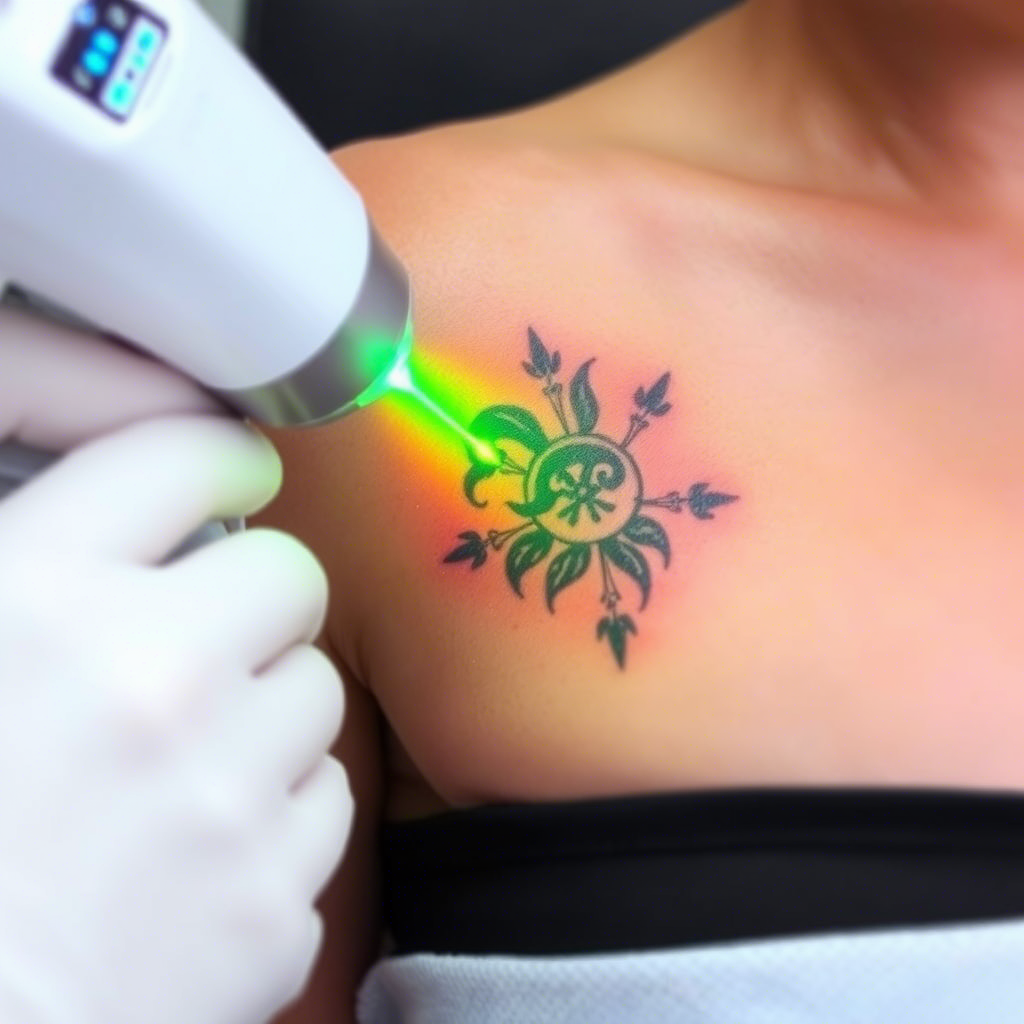
Practical Applications and Case Studies
Tattoo removal is not just a theoretical process; it's a reality for many individuals. For example, a study published in the Journal of Clinical and Aesthetic Dermatology highlighted the effectiveness of laser tattoo removal in a series of case studies. One notable case involved a patient with a large, multicolored tattoo that was successfully removed over several sessions using a combination of laser wavelengths.
Choosing the Right Tattoo Removal Machine
For practitioners, selecting the right tattoo removal machine is crucial. Factors to consider include:
- Laser Type and Wavelength: The type of laser and its wavelength are critical for effectively targeting different ink colors. Practitioners should choose machines that offer versatility in wavelength options.
- Cooling Systems: Advanced cooling systems can significantly enhance patient comfort and reduce the risk of adverse effects.
- Manufacturer Support and Training: Opting for a reputable manufacturer that provides comprehensive training and support is essential for ensuring safe and effective treatments.
For more information on selecting the appropriate laser technology, visit the American Society for Laser Medicine and Surgery website.
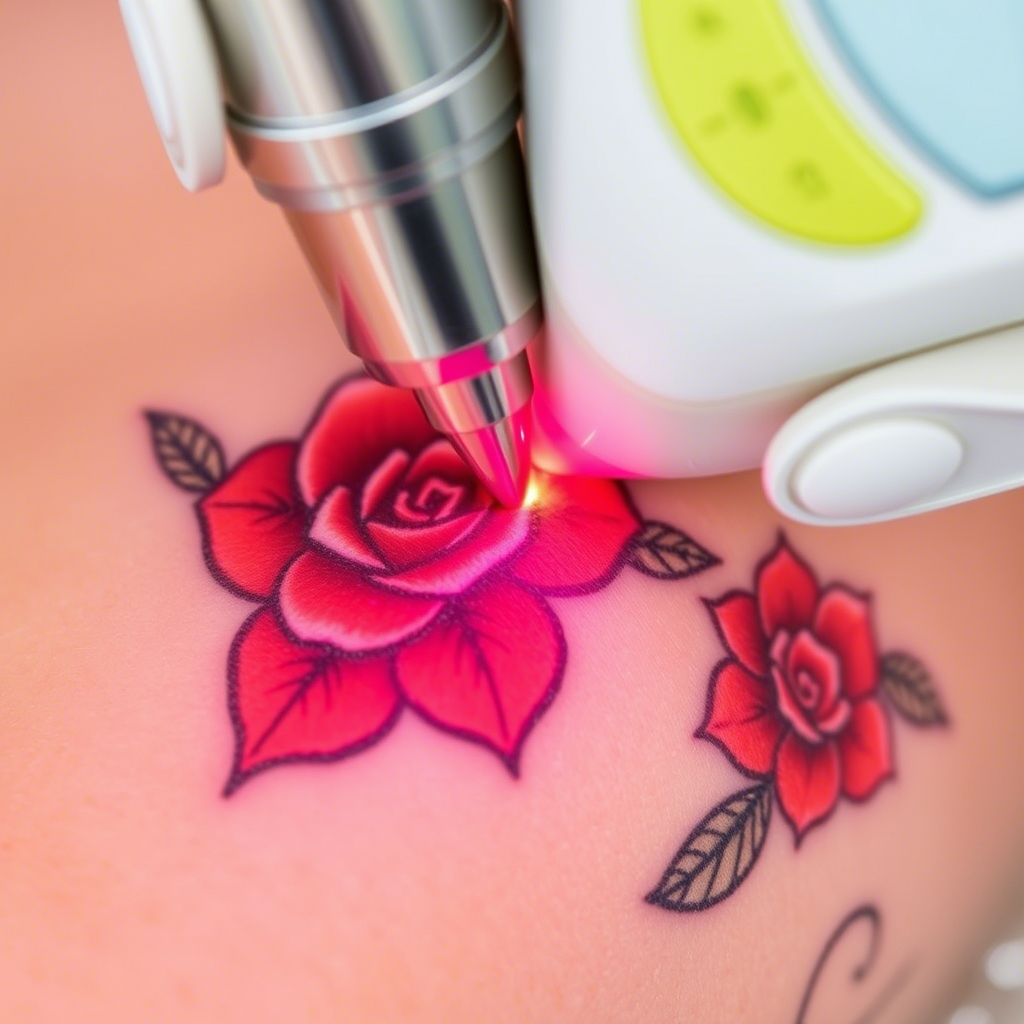
Advancements and Future Directions
The field of tattoo removal is continually evolving, with ongoing research and development aimed at improving efficacy and safety. Some areas of focus include:
- New Laser Technologies: Researchers are exploring new laser technologies that can more effectively target a broader range of ink colors with fewer side effects.
- Combination Therapies: There's growing interest in combining laser removal with other treatments to enhance outcomes. For instance, using lasers in conjunction with topical treatments can potentially improve the removal process.
To stay updated on the latest advancements, professionals can refer to resources like the International Society for Dermatologic Surgery.
Conclusion
Tattoo removal using laser technology has revolutionized the way unwanted ink is eliminated. By understanding the science behind laser tattoo removal, the benefits and considerations, and the practical applications, individuals can make informed decisions about their tattoo removal journey. As technology continues to advance, the prospects for effective and safe tattoo removal will only improve. Whether you're considering removing a tattoo or are a practitioner looking to enhance your services, staying informed about the latest developments in laser technology is key.

